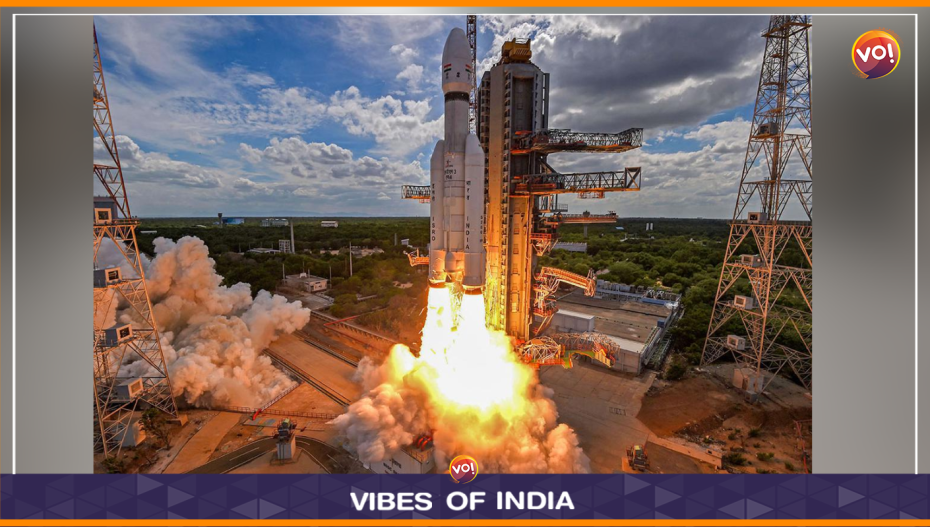As the whole nation celebrated the soft landing of Vikram lander on the South Pole of the moon, there were two scientists at the Space Applications Centre (SAC) at ISRO – Rinku Agrawal and Harshita Tolani – who had their hearts in their mouth when the touchdown was about to happen. What followed was tears of joy. They were associated with the Microwave Remote Sensing Area (MRSA) of the Chandrayaan-3 mission.
“We had no doubt that the landing was going to be smooth. We just kept assuring each other that it was going to be just fine,” said a euphoric Tolani. “It indeed was a moment to cherish. Our hard work as a team finally paid off.”
We must not forget that behind the success of India’s moon mission is also the immense contribution of scores of women scientists at SAC-ISRO, who worked tirelessly for months to make the mission foolproof.
Though people didn’t want to talk about it, the last-minute glitch that failed Chandrayaan-2 was something they did not want to see again. So, the instruments got upgraded and every component was tested several times till the team was fully satisfied that this time it would be foolproof.
The MRSA, which Agrawal and Tolani are part of, was entrusted with converting the entire lunar surface into smaller grids and mapping it perfectly so that the lander, while approaching the designated spot, could assess if it has any major pits.
Similarly, Madhavi Thakre from the sensor development area (SDA), worked on the Hazard Detection and Avoidance (HDA) software system, including the cameras that eventually beamed the lander’s final touchdown to the world.
“It was heartening to see the images being relayed and the lander working perfectly. We worked extensively on the cameras, keeping in mind the different luminosities the lander may encounter,” she said. Shweta Kirkire and Jalshri Desai worked on the lander position detection camera (LPDC) that were the eyes of the lander.
There were many other unknown faces behind the whole success of the mission, who too deserve the accolades in no less measure.
Also Read: IIMA PGPX Misses 100% Placement












